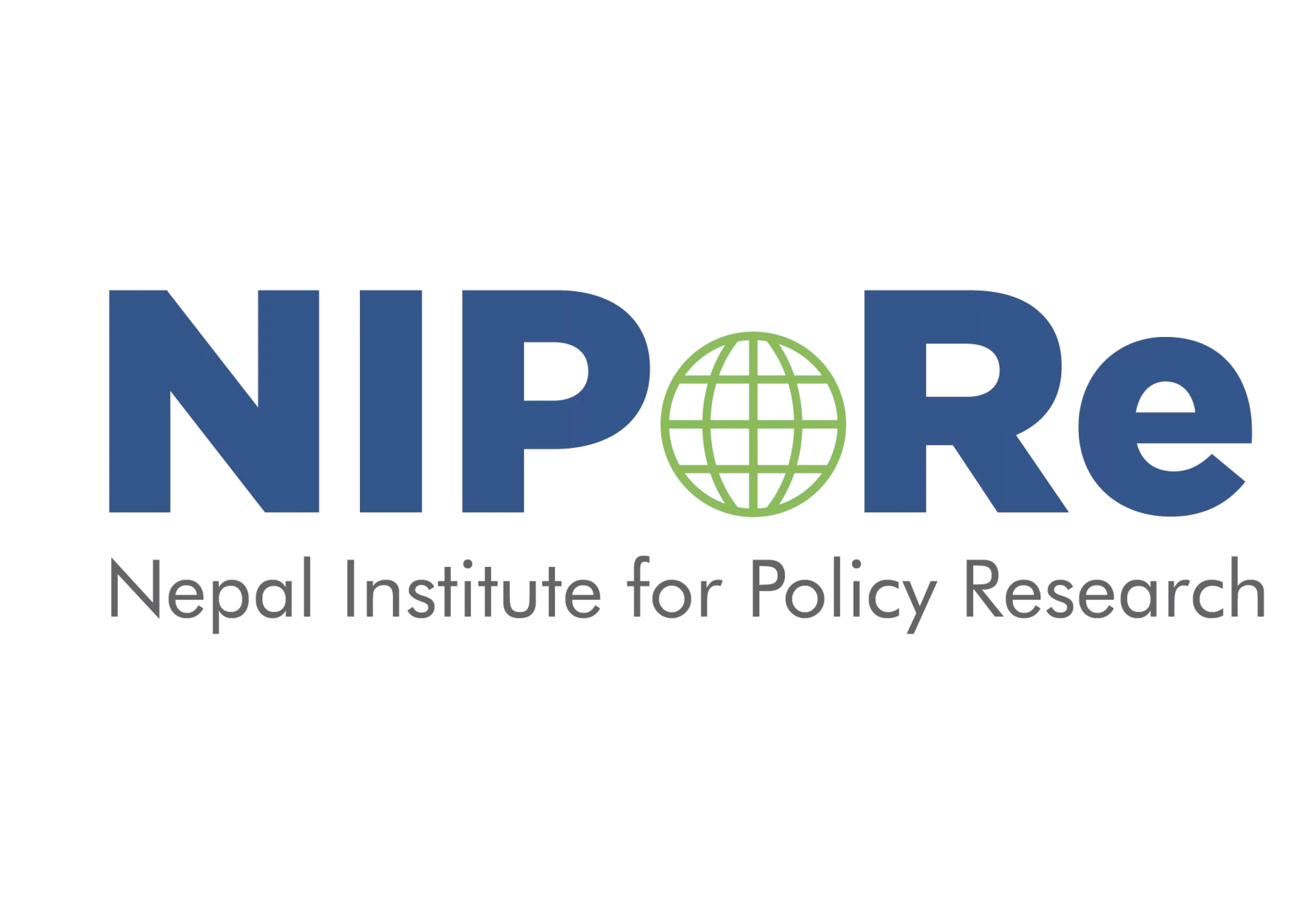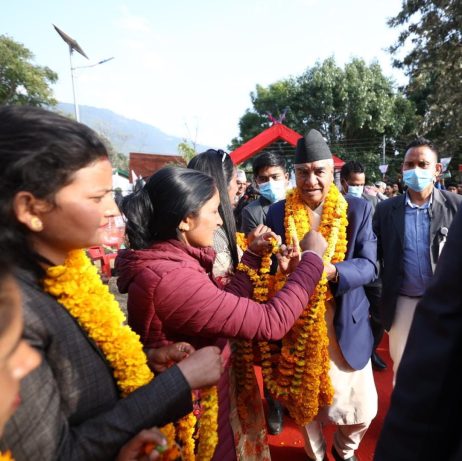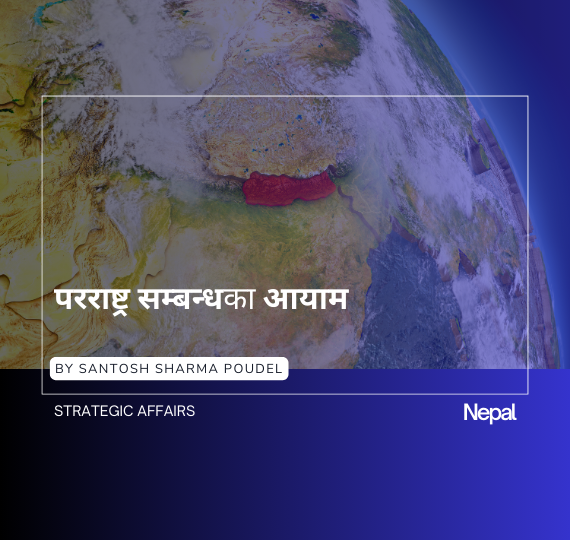The column originally appeared in The Diplomat on 10 November 2022. Please read the original article here.
On November 20 Nepal will vote in federal and provincial elections. Contesting the elections are two major coalitions, one led by the ruling Nepali Congress (NC) and the other by the main opposition, the Communist Party of Nepal (United Marxist Leninist), or CPN-UML. In addition, the National Independent Party (NIP) and independent candidates are seeking to upend the “natural” political order.
Political and economic issues have dominated the political parties’ agenda per their manifestos. Parties have pledged to develop better infrastructure, accelerate economic growth to over 7 percent, create 250,000 jobs per year, and provide free services such as electricity and water. Similarly, some parties are seeking to change the political system. For example, the Pushpa Kamal Dahal, aka Prachanda-led Communist Party of Nepal (Maoist Centre), or CPN-MC, and the royalist Rashtriya Prajatantra Party (RPP) have promised a directly elected head of government, and the latter has pledged to abolish the country’s provinces and create a more unitary system of government.
The manifestos have lofty goals, and many have questioned if they are achievable. The performance of parties in power has been disappointing especially with regard to delivering on promises. Where parties have little to show in progress or achievements, they have resorted to making more promises or slinging mud at their opponents. They are trading barbs on foreign policy issues as well.
Former Prime Minister and CPN-UML chief Khadga Prasad Sharma Oli has touted that Nepal’s constitution was amended to include a disputed territory with India as part of Nepal during his tenure. He has presented himself as the only leader who can stand up to Indian pressure. Describing Prime Minister and NC chief Sher Bahadur Deuba as a weak leader, he has chided him for failing to publicly and timely raise the issue of the death of a Nepali child in the Darchula district when a rock from a blast on the Indian side hit him.
Parties are divided over China’s Belt and Road Initiative (BRI) and the Millennium Challenge Corporation (MCC), a $500 million American grant. The NC, which steadfastly supported the MCC and led its ratification by parliament, states that Nepal would prefer grants rather than commercial loans in an apparent reference to the BRI. This reflects NC’s bias against China, according to some analysts. Meanwhile, other parties have made no such distinction.
The difference can also be seen in how to deal with India. Parties such as the CPN-MC and the Communist Party of Nepal-Unified Socialist (CPN-US) have vowed to regulate the border and review the 1950 Treaty of Peace and Friendship with India. Additionally, the CPN-MC has stated that it would raise the issue of the recruitment of Gorkha soldiers in India. The Gorkha recruitment has been a contentious issue since India launched the Agnipath scheme, whereby India would recruit soldiers on a short-term basis in contravention of the 1947 tripartite agreement between Nepal, India, and the United Kingdom. They also differ in their engagement with China. Some parties, such as the NC, have lumped minor territorial disputes with China in with major ones with India, while Nepal’s communist parties are generally mum on the country’s dispute with China.
Interestingly, the CPN-MC and the RPP have vowed to declare Nepal a Zone of Peace. King Birendra Bir Bikram Shah, who ruled Nepal from 1972 to 2001, championed the zone of peace proposal almost fifty years ago, but it was abandoned because of India’s opposition despite support from more than 100 countries. The RPP proposal is a revival of Birendra’s proposal but MC does not refer to the monarch’s initiative.
However, there is broader agreement among parties regarding the basic principles. All parties have stated that they are for an independent, non-aligned foreign policy based on the principles of the United Nations and the Panchasheel. Similarly, there is consensus among parties’ opposition to joining military alliances and commitment to not allowing Nepali territory to be used against neighboring countries.
Climate change is another common agenda. This is the first time climate change has been directly included in major parties’ manifestos. Nepal is among the most vulnerable countries to climate change. The recognition of the issue marks that the parties understand the severity of the case and the need for Nepal to engage global partners to mitigate its impacts.
Yet, the foreign policy agendas of Nepal’s parties lack imagination. The parties still seem to be hooked on a “balanced” foreign policy and hyphenating India-China and China-U.S. vis-à-vis Nepal. Nepal’s relations with India, China, and the U.S., the country’s three most important partners, are unique.
Nonetheless, parties are still attempting to equate Nepal-India relations with Nepal-China relations or to view Nepal’s engagement with China and the U.S. via a narrow strategic lens. The parties have also failed to appreciate the more significant trends in the regional and global order although the CPN-MC does mention a “new Cold War between China and the U.S.,” and the NC recognizes the growing nationalist tendencies globally.
Generally speaking, elections are mostly about domestic issues. In the words of James Carville, “it is the economy, stupid.” Yet, when domestic achievements are minimal, foreign policy plays a more prominent role. Additionally, the unique relations between Nepal and India have blurred some lines between domestic and foreign policy, as in India’s Agnipath scheme. Nepali parties have chosen a traditional and safe foreign policy with little surprises.
Based on the manifestos, a common minimum consensus is the least of the concerns for political parties in Nepal. The bigger challenge is whether the leaders can follow their proposals and principles or make ad hoc foreign policy decisions based on personal cost-benefit analysis.




